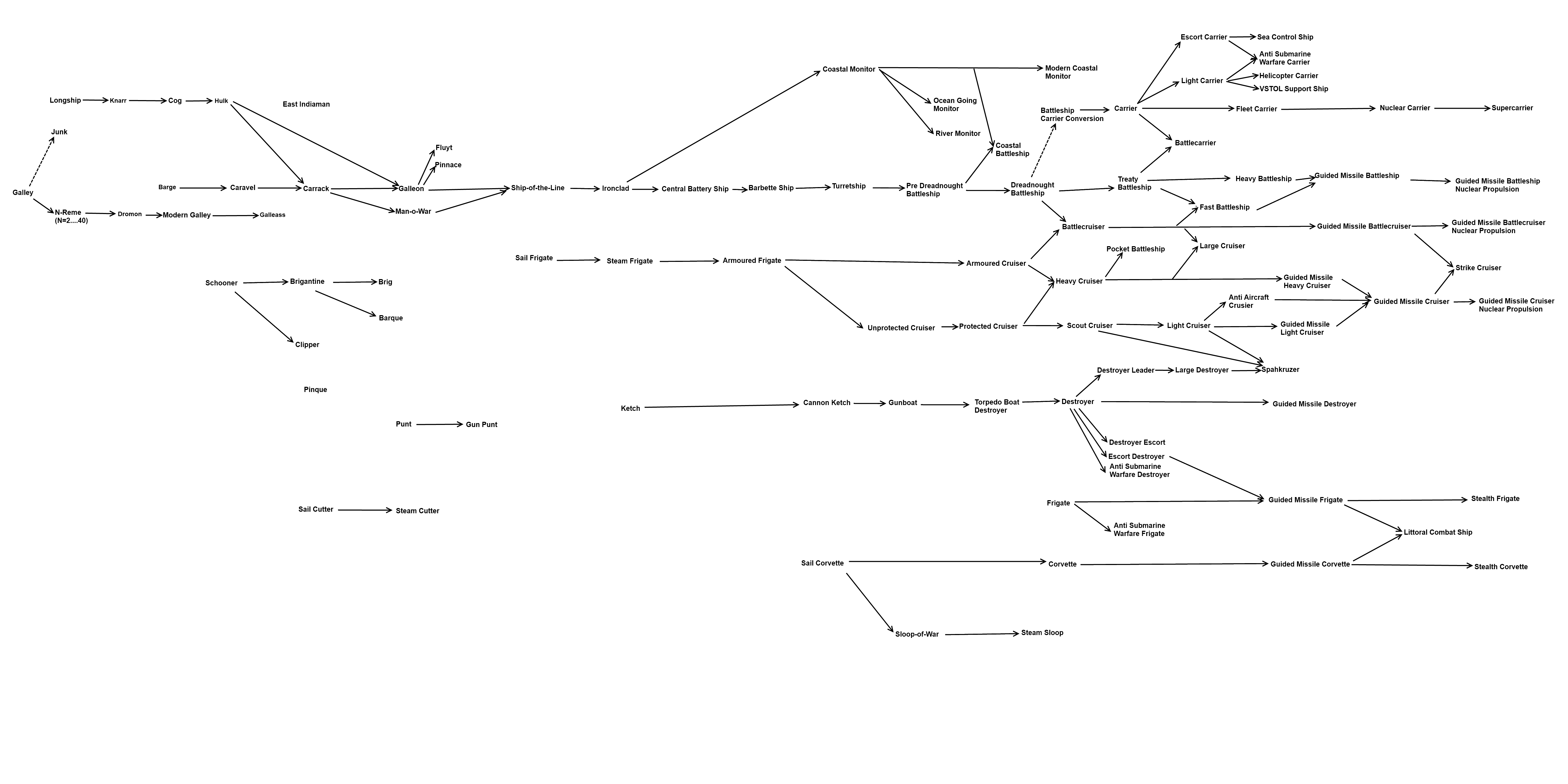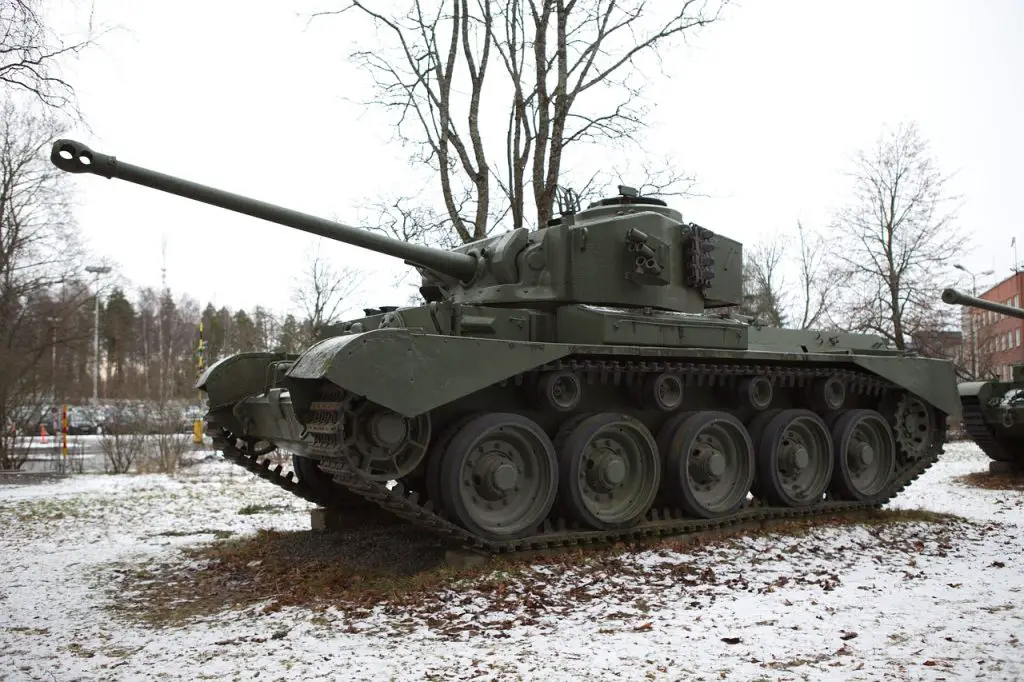Overview
Introduction to Naval Warfare
Naval warfare has played a crucial role in shaping the course of history, from ancient times to the modern era. The development of naval tactics, ship designs, and strategic maneuvers has had a profound impact on the outcomes of wars and the rise and fall of empires. Seafaring nations have relied on their naval prowess to establish dominance over trade routes, expand territories, and project power across distant shores. The evolution of naval warfare reflects the ingenuity and adaptability of human civilizations, as they sought to gain maritime supremacy and secure their interests at sea. In this article, we will explore the fascinating journey of naval warfare, from the formidable triremes of antiquity to the mighty battleships and aircraft carriers of the 20th century. By delving into the historical context and technological advancements, we can gain a deeper understanding of how naval warfare has shaped the geopolitical landscape and influenced the course of human history.
Early Naval Warfare Techniques
Early naval warfare techniques were characterized by a variety of innovative strategies and tactics employed by ancient civilizations. The development of naval warfare during this period marked a significant shift in military operations, as it expanded the scope of combat to the seas and oceans. Authentic historical accounts of naval battles and tactics provide valuable insights into the methods used by early seafaring nations. These accounts offer a glimpse into the challenges and triumphs of ancient naval warfare, shedding light on the resourcefulness and ingenuity of naval commanders and sailors. The utilization of different types of vessels, such as triremes and galleys, showcased the diverse approaches to naval combat and the adaptability of seafaring nations. The strategic use of naval formations and maneuvers further demonstrated the complexity and sophistication of early naval warfare. The legacy of these authentic naval tactics continues to influence modern naval strategies and serves as a testament to the enduring impact of ancient maritime warfare.
Impact of Naval Warfare on History
Naval warfare has played a pivotal role in shaping the course of history, influencing the rise and fall of empires, the exploration of new lands, and the spread of cultures. The development of naval tactics and technologies has revolutionized the way wars are fought and has had profound implications for global politics. From the ancient triremes to the modern battleships, naval warfare has been a driving force behind the expansion and dominance of maritime powers. The use of naval blockades, amphibious assaults, and naval battles has determined the outcomes of numerous conflicts throughout history, showcasing the strategic significance of naval warfare. The impact of naval warfare extends beyond military conquests, as it has facilitated trade, colonization, and the exchange of ideas between civilizations. Furthermore, the emergence of naval superpowers has led to the establishment of international maritime laws and treaties, shaping the geopolitical landscape. The evolution of naval warfare has been marked by technological advancements, such as the transition from oar-powered ships to steam-powered vessels and the development of sophisticated naval weaponry. Additionally, the integration of aircraft carriers and submarines has transformed naval warfare into a multi-dimensional and global endeavor. As a result, naval warfare continues to be a decisive factor in international relations and security, highlighting its enduring historical significance.
Ancient Naval Warfare

Triremes and Their Role
Triremes were ancient Greek warships with three rows of oars, used primarily for naval warfare. These formidable vessels played a crucial role in the Mediterranean conflicts, providing speed, agility, and firepower. The deployment of triremes in battles such as the Battle of Salamis showcased their effectiveness in naval combat, influencing the strategies and tactics of future naval engagements. The dominance of triremes in ancient naval warfare laid the foundation for the development of advanced naval tactics and the evolution of ship design. The significance of triremes in shaping the course of history cannot be overstated, as their impact reverberated through the annals of warfare and politics.
Naval Tactics of Ancient Civilizations
Naval tactics of ancient civilizations were shaped by a variety of factors, including geographical location, available resources, and strategic objectives. One notable aspect of ancient naval tactics was the focus on ramming and boarding maneuvers, which were essential for close combat at sea. The use of fire ships and siege tactics also played a significant role in naval warfare, particularly during island conquest. Ancient civilizations such as the Phoenicians and Greeks employed innovative tactics to gain control of key maritime territories, utilizing a combination of naval and land forces to achieve their objectives. The development of specialized naval units, such as the Greek triremes, allowed for greater maneuverability and speed, enabling swift and decisive actions during naval engagements. These tactics and strategies employed by ancient civilizations continue to influence modern naval warfare, serving as a testament to the enduring impact of historical naval tactics on contemporary maritime operations.
Influence of Ancient Naval Warfare on Modern Strategies
The influence of ancient naval warfare on modern strategies is profound and far-reaching. Ancient civilizations such as the Greeks, Romans, and Phoenicians developed advanced naval tactics and technologies that laid the foundation for future naval warfare. One of the key aspects that has endured through the ages is the maintenance of a working warship. The concept of regular maintenance and repair of naval vessels was critical in ancient times and remains equally important in modern naval operations. This practice ensures that warships are kept in optimal condition, ready for combat at a moment’s notice. The maintenance of a working warship involves a range of tasks, including hull repairs, equipment upkeep, and crew training. These efforts contribute to the longevity and effectiveness of naval fleets, enabling them to project power and maintain control of strategic waterways. In today’s naval operations, the maintenance of a working warship is a cornerstone of readiness and operational capability, reflecting the enduring legacy of ancient naval warfare.
Medieval Naval Warfare

Emergence of Galleys and Carracks
During the medieval period, the emergence of galleys and carracks marked a significant shift in naval warfare. Galleys, propelled primarily by oars, were versatile vessels that could navigate both open seas and shallow waters, giving them a strategic advantage in coastal warfare. Carracks, on the other hand, were large and sturdy ships capable of long-distance voyages, making them instrumental in the exploration and expansion of maritime trade routes. The development of these new ship types revolutionized naval battles, leading to the adoption of new tactics and formations. The use of carracks enabled naval powers to extend their influence across vast oceans, while the maneuverability of galleys allowed for swift and precise attacks on enemy fleets. The emergence of these vessels also spurred advancements in shipbuilding techniques, leading to the construction of larger, more powerful warships. As naval warfare entered a new era, the interplay between galleys and carracks reshaped the dynamics of maritime conflicts, setting the stage for the evolution of naval strategies in the centuries to come.
Naval Battles during the Middle Ages
During the Middle Ages, naval battles played a crucial role in shaping the course of history. The emergence of galleys and carracks revolutionized maritime warfare, allowing for greater maneuverability and the ability to carry heavier armaments. Naval battles were no longer limited to coastal regions, as these new vessels enabled seafaring powers to project their influence across vast bodies of water. The tactics employed in naval battles during this period were diverse and innovative, with strategies ranging from ramming and boarding to the use of long-range weaponry such as catapults and ballistae. These engagements often determined the outcome of conflicts, as control of the seas was essential for trade, transportation, and military operations. Technological advancements in shipbuilding, including improvements in hull design and rigging, further enhanced the capabilities of naval fleets, paving the way for the future of aircraft carriers and other advanced warships. The legacy of medieval naval warfare continues to resonate in modern naval strategies, serving as a testament to the enduring impact of historical maritime conflicts.
Technological Advancements in Shipbuilding
Technological advancements in shipbuilding during the medieval period revolutionized naval warfare. Shipbuilders began experimenting with new materials and construction techniques, leading to the development of sturdier and more maneuverable vessels. The introduction of carvel construction allowed for stronger hulls, while the adoption of lateen sails improved sailing capabilities. Additionally, the use of cannons on ships transformed naval battles, giving rise to the era of gunnery at sea. Ship designs evolved to accommodate larger artillery, and the concept of armored warships emerged, paving the way for the future of naval warfare. These advancements not only changed the nature of naval combat but also influenced the strategic deployment of naval fleets and the establishment of maritime dominance.
Modern Naval Warfare

Rise of Battleships and Aircraft Carriers
The rise of battleships and aircraft carriers marked a significant turning point in naval warfare. Battleships, with their heavy armor and powerful guns, represented the pinnacle of naval power during the late 19th and early 20th centuries. These formidable vessels were the pride of naval fleets and played a crucial role in projecting military might across the seas. Meanwhile, the emergence of aircraft carriers revolutionized naval tactics by introducing a new dimension of aerial warfare. By deploying aircraft to strike targets at long ranges, aircraft carriers extended the reach and striking power of naval forces. This combination of sea-based air power and traditional naval strength reshaped the dynamics of naval warfare, leading to the decline of battleships and the ascendancy of aircraft carriers as the primary capital ships. The strategic significance of this transition cannot be overstated, as it heralded a new era of maritime dominance and global projection of power.
Naval Warfare in World Wars
Naval warfare in the World Wars marked a significant turning point in the evolution of naval tactics and technology. The use of battleships and aircraft carriers became pivotal in shaping the outcomes of major naval battles. The development of radar and sonar systems revolutionized naval intelligence and detection, providing a crucial advantage in locating enemy vessels. Submarines, equipped with advanced torpedoes and stealth capabilities, emerged as formidable threats to surface fleets, changing the dynamics of maritime warfare. The naval engagements during the World Wars showcased the strategic importance of controlling sea lanes and securing maritime supply routes. Additionally, the role of naval aviation expanded, with aircraft carriers serving as mobile airfields for launching aerial assaults and reconnaissance missions. The integration of naval air power with traditional surface fleets redefined the scope of naval operations and reinforced the concept of power projection at sea. The lessons learned from these conflicts laid the foundation for modern naval doctrines and influenced the development of international naval treaties and agreements. The impact of naval warfare in the World Wars continues to resonate in contemporary maritime strategies, highlighting the enduring relevance of historical naval engagements in shaping the modern geopolitical landscape.
Evolution of Naval Tactics and Technology
The evolution of naval tactics and technology has been a defining factor in the outcome of numerous historical conflicts. From the strategic maneuvers of ancient triremes to the awe-inspiring power of modern aircraft carriers, naval warfare has undergone significant transformations. The development of advanced navigational instruments and weaponry has revolutionized the way naval battles are fought, leading to unprecedented shifts in global power dynamics. Furthermore, the integration of communication systems and radar technology has enhanced the precision and coordination of naval operations, enabling fleets to engage in strategic maneuvers with unparalleled efficiency. The utilization of stealth technology and submarine warfare has added a new dimension to naval tactics, allowing for covert operations and surprise attacks. The April Issue of Naval History Monthly delves into these advancements, providing insights into the cutting-edge innovations that continue to shape the future of naval warfare.
Conclusion

Impact of Naval Warfare on Global Politics
The impact of naval warfare on global politics has been profound and far-reaching. Throughout history, naval power has played a crucial role in shaping the geopolitical landscape, influencing trade routes, and projecting military strength across the seas. The emergence of advanced naval technologies, such as battleships and aircraft carriers, has transformed the dynamics of international relations, allowing nations to assert their dominance and protect their interests with unprecedented high velocity. Naval blockades and maritime supremacy have been instrumental in both coercive diplomacy and strategic deterrence, exerting immense pressure on rival nations and shaping the outcomes of conflicts. Furthermore, the ability to deploy naval forces rapidly and with high velocity has been a decisive factor in crisis management and humanitarian interventions, demonstrating the strategic significance of naval power in addressing global challenges. The high velocity at which modern naval operations are conducted underscores the need for swift decision-making and adaptive strategies, reflecting the evolving nature of naval warfare and its enduring impact on the global political arena.
Continued Evolution of Naval Strategies
Naval warfare has undergone significant transformations over the centuries, and the evolution continues to shape the way nations protect their interests and project power across the seas. One of the key organizations at the forefront of analyzing and influencing naval strategies is the United States Naval Institute (USNI). The USNI, established in 1873, has played a pivotal role in fostering intellectual thought and providing a platform for scholars, military professionals, and policy makers to exchange ideas and contribute to the advancement of naval strategies. Through its publications, conferences, and research initiatives, the USNI has been instrumental in shaping the trajectory of naval warfare, particularly in the modern era. Its emphasis on promoting innovation and forward-thinking approaches has significantly impacted the development of naval doctrines and operational concepts. As naval strategies continue to evolve in response to geopolitical shifts and technological advancements, the USNI remains a vital institution for fostering dialogue and driving the continued progress of naval warfare.
Significance of Naval Warfare in the Modern World
Naval warfare continues to hold significant importance in the modern world, shaping global politics and security strategies. With the emergence of advanced naval technologies and the proliferation of maritime trade, the role of naval forces has expanded beyond traditional military operations. The ability to project power across vast oceanic expanses and secure vital sea lanes has become a strategic imperative for nations seeking to safeguard their economic interests and assert influence on the world stage. Furthermore, the development of stealth technology and advanced weaponry has transformed naval warfare into a complex and multifaceted domain, requiring constant innovation and adaptation. In addition, the rise of asymmetric threats such as maritime terrorism and piracy has underscored the need for naval forces to operate in diverse and challenging environments. Moreover, naval diplomacy and cooperative security initiatives have become integral components of geopolitical strategies, fostering international collaboration and conflict resolution. As such, the significance of naval warfare in the modern world extends far beyond traditional military confrontations, encompassing a wide array of diplomatic, economic, and strategic considerations.
Avid Writer with invaluable knowledge of Humanity!
Upcoming historian with over 30 million views online.
“You make your own life.”





